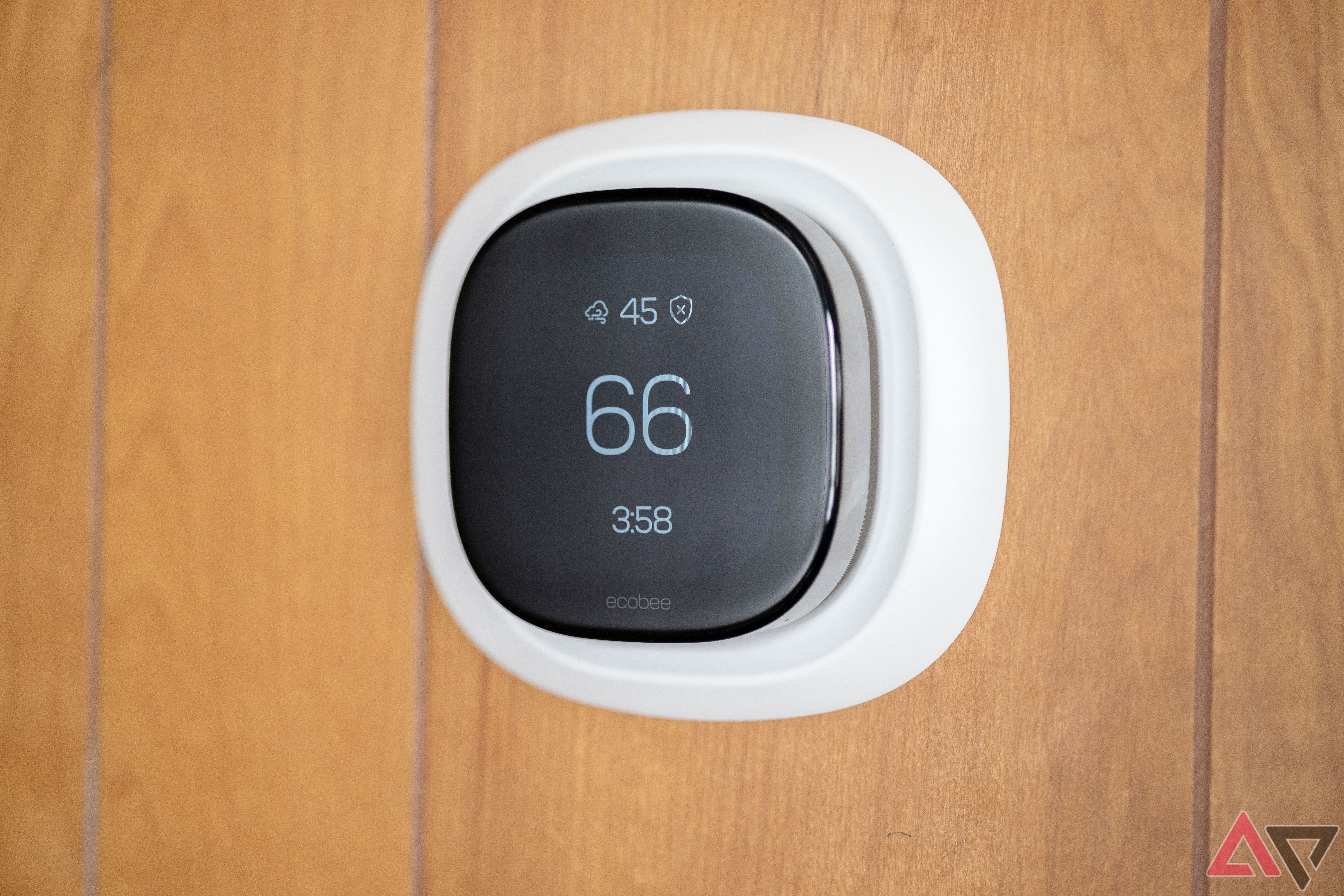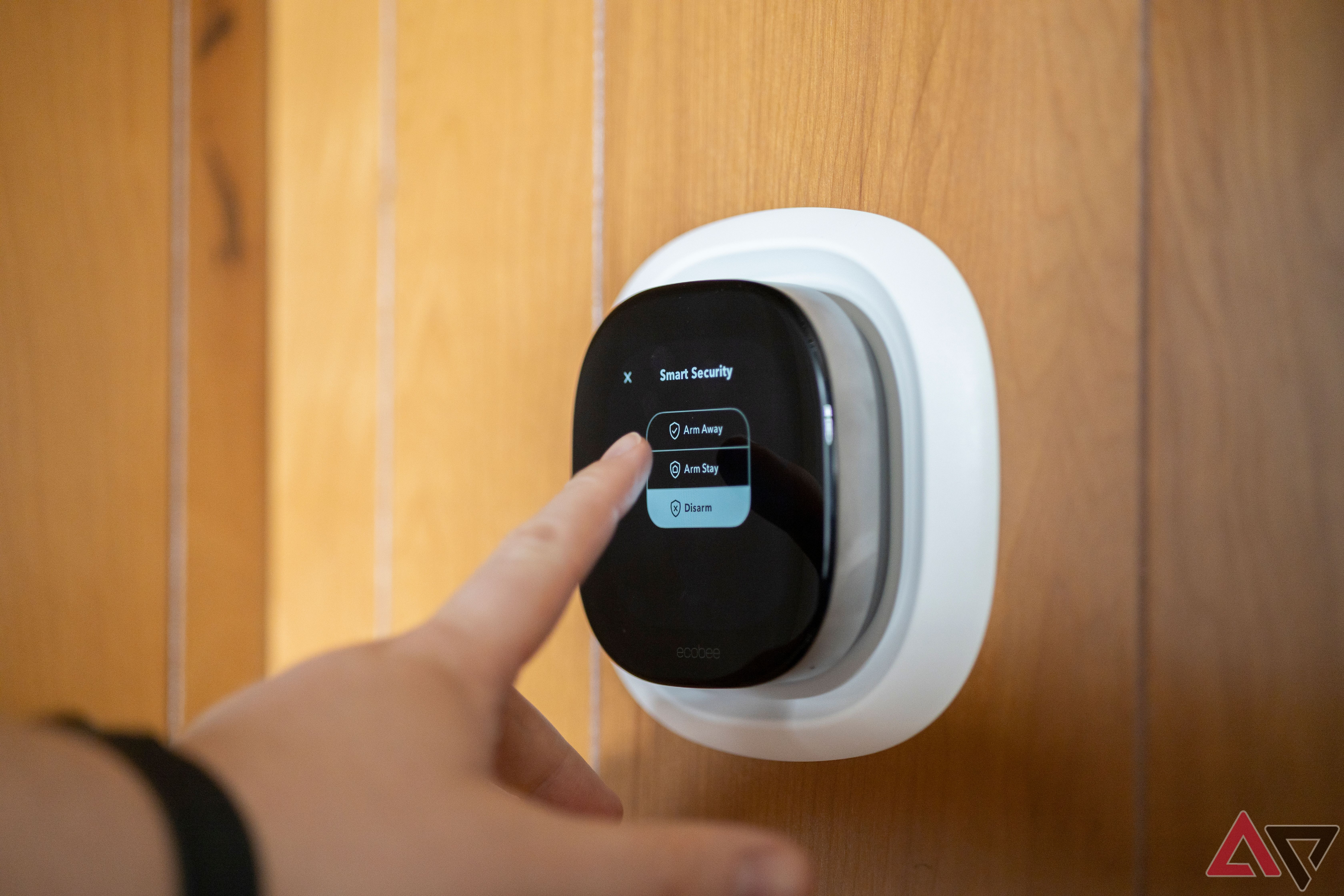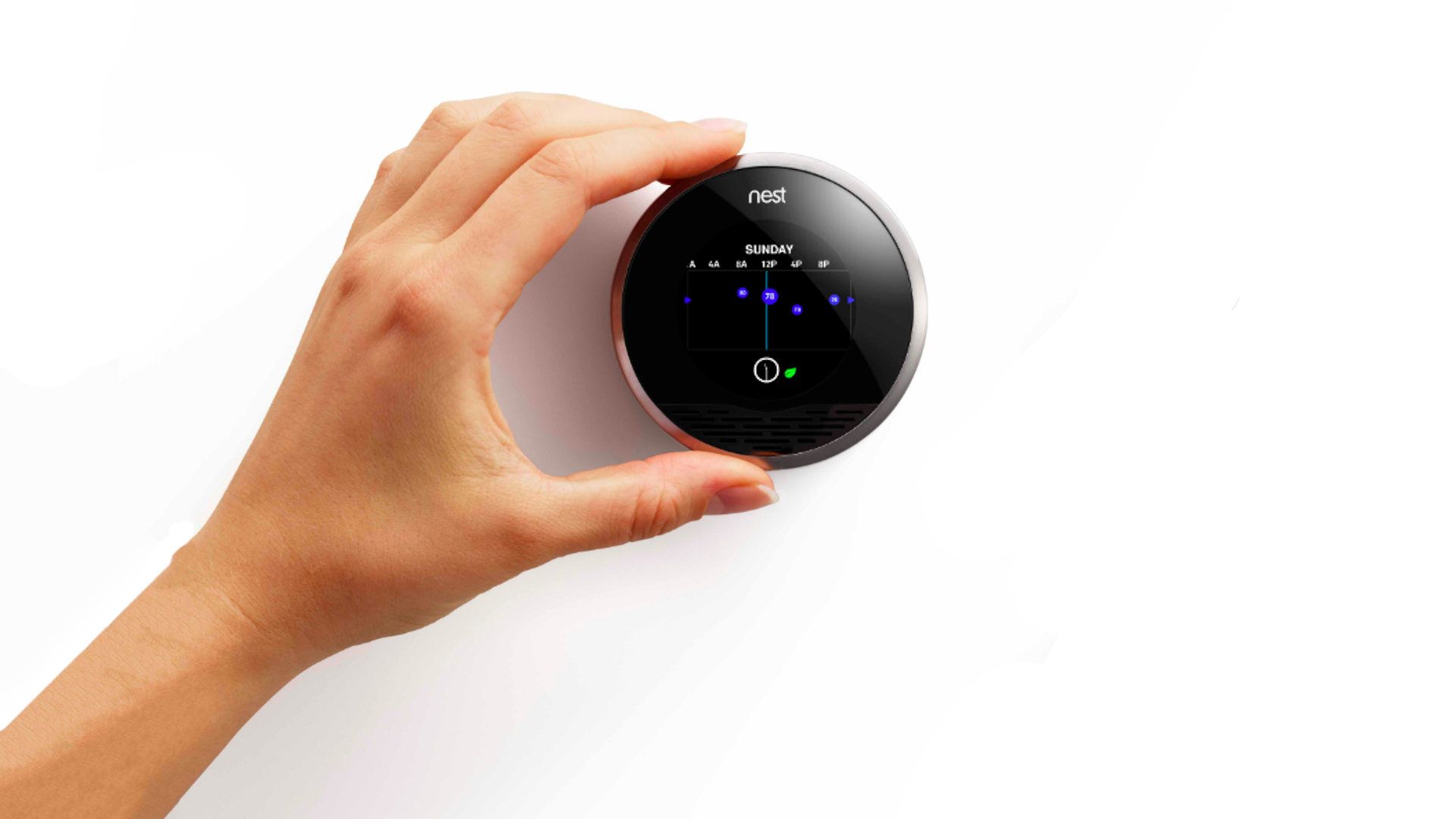Google is finally giving us another Nest Learning Thermostat. It’s a long-overdue update, with the current generation now nine years old. Rumors say the 4th version of Google’s smart thermostat will cost nearly $300, a price that, only a few years ago, I’d only dream of paying for a thermostat if it crooned me lullabies at night or offered a J.A.R.V.I.S-level administrative assistance.
However, a worthy modern thermostat can schedule heating and cooling for multiple occasions. Many will even kick on the air or furnace when it notices you’re almost home. Smart thermostats have become valuable home assistants, but I worry that the new Nest Thermostat won’t have enough, letting down years of anticipation and perpetuating a brand that leads the smart home industry in cost, but not cost-effectiveness.
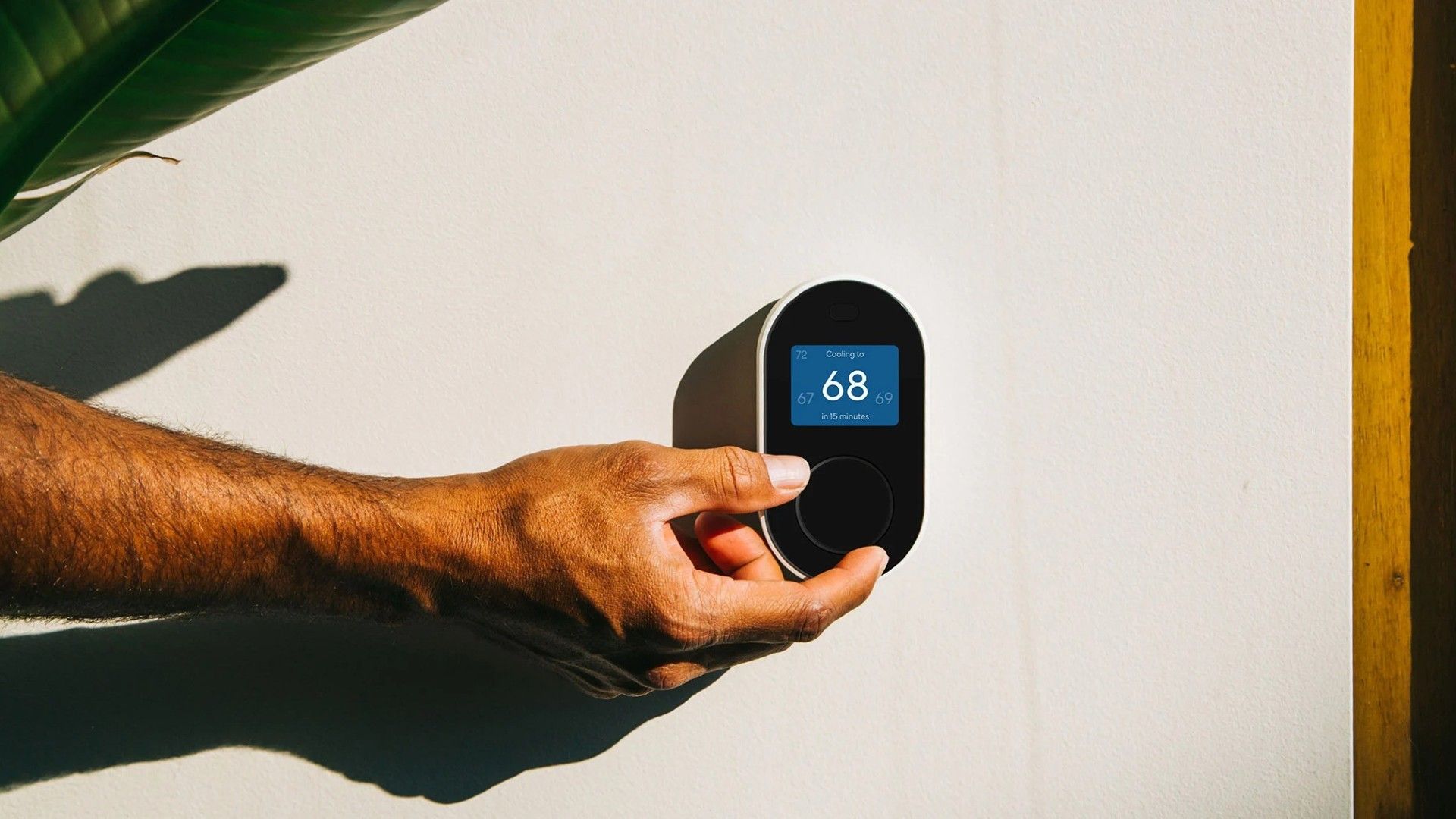
Related
Best smart thermostats that support Google Assistant in 2024
Let Google keep your home the perfect temperature with any of these great smart thermostats
A new aesthetic isn’t enough, Google
And let’s get the ball rolling on a touchscreen already
We recently saw an unboxing video of the new Nest Learning Thermostat, in which the most apparent changes were eye-candy ones. Granted, there’s not a lot of presumption I can make without seeing the new thermostat running or getting my hands on one myself, but a visual glow-up is evident.
We can’t learn a lot from simply watching someone take out the device, but between this video and other leaked renders of the 4th-gen thermostat, we can be quite certain that it’ll be slimmer than its predecessor, loses the distinguished bezel, and uses a USB-C connection instead of USB-A.
I do like the invisible glass crown, and an overall sleeker, more modern profile is plenty appealing, but an aesthetic update is the bare minimum, so I won’t put much weight on what we can see in an unboxing video and some leaked renders.
Looking at the unboxed thermostat, however, my hope that Google finally adds a touch screen to the Nest Learning Thermostat holds firm. Being easily navigable both by rotating crown and touchscreen is a nice competitive factor.
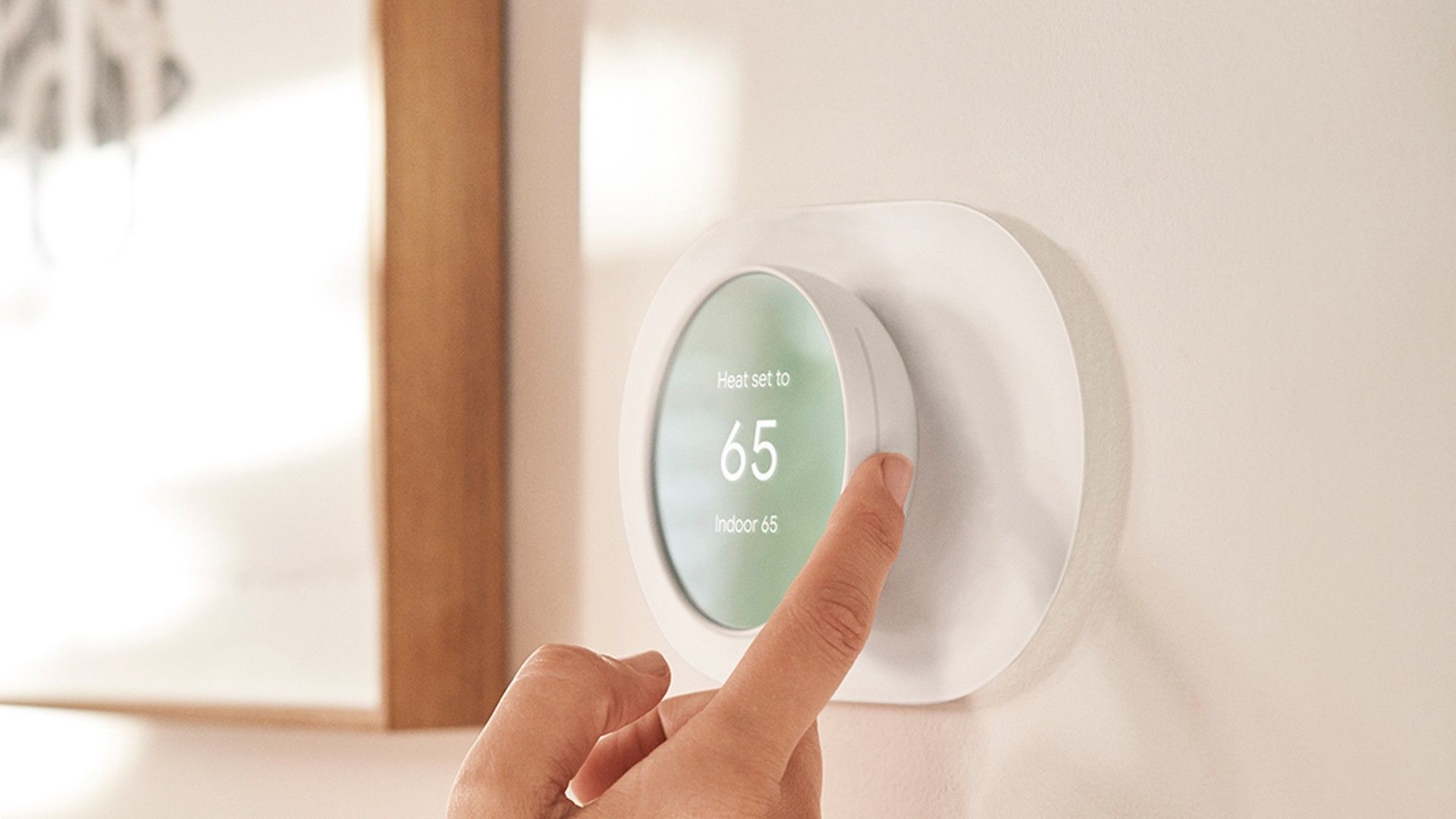
Related
How to connect Google Nest Thermostat to Wi-Fi
It’s easy to your Google Nest Thermostat to Wi-Fi once you know how — we include instructions for Nest Learning Thermostat and Nest Thermostat E
The lesson Google can learn from Ecobee
A couple notable features from the Learning Thermostat’s prime competitor
I’ve run the gamut of Google smart home devices, including the Nest Learning Thermostat. I’m a seasoned Ecobee user, too. Keeping your smart home devices under one brand umbrella as much as possible makes for the most cohesive experience, of course, but even with a largely Google-centric home, I’m using the Ecobee Premium thermostat instead.
Nest and Ecobee’s top-of-the-line thermostats share many feature similarities, but one exclusive to the latter is an onboard smart speaker. Sure, both thermostats employ a mic to receive Google Assistant/Amazon Alexa commands, but Ecobee’s built-in speaker further extends the reach of your smart assistant.
It’s also become a nice medium for playing music, and reaches an unexpectedly high volume, easily filling a 600-square-foot space with sound. It would be nice to see Google’s new Learning Thermostat be capable of the same.
What’s more than just a speaker, though, is Ecobee’s integration of security functions into its Premium thermostat. Provided that you have the necessary sensors to build the system, this thermostat watches for motion while you’re away, and can sound a siren if someone’s detected in your house. If you have an Ecobee doorbell, its feed will display on the thermostat screen when a visitor comes.
I know what you’re thinking: This is exactly the purpose of a Google Nest Hub. I know. The newest Nest Hub is expensive, though, and giving users the opportunity to place their thermostats at the center of their system would certainly ease the barrier of entry for smart-homeowners who want to utilize Google devices, but can’t shoulder the cost.
Let’s assume you’re starting from scratch and want to create a Nest system for your home, including the new 4th-gen Learning Thermostat. It would cost over $500 just to bring in the thermostat and the Nest Hub Max alone, before any cameras, doorbells, or extra occupancy sensors.
One last thing worth mentioning is Ecobee’s onboard air quality sensor, another feature that the Nest competitor should add on if it’s going to take the lead over the Premium.
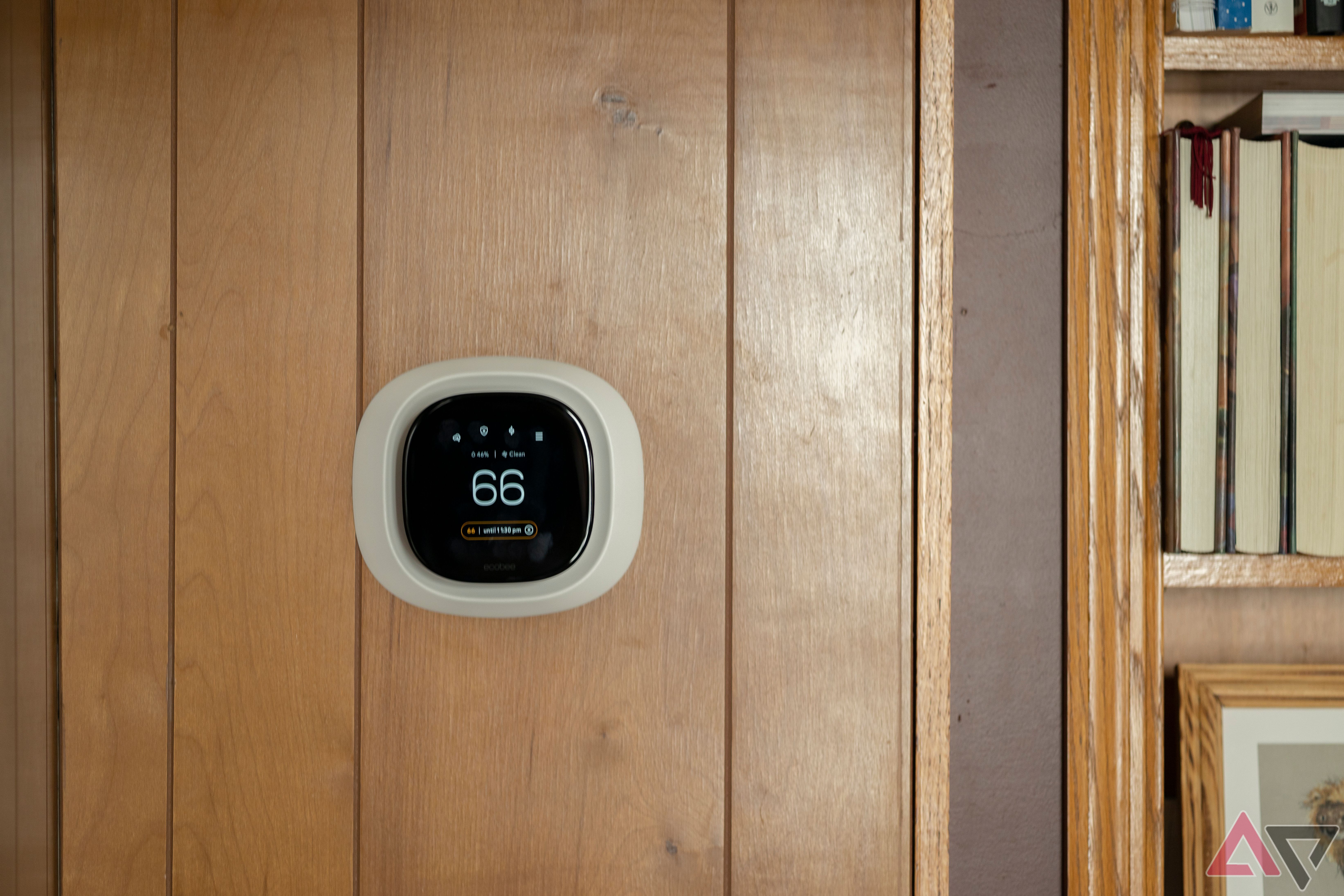
Related
Ecobee Premium review: The valedictorian of smart thermostats
It’s actually more of a thermo-speaker-security-cam-stat, if we’re being honest
The future of the ‘Learning’ thermostat model seems uncertain
So the new thermostat has some impressing to do
Source: Nest Labs via Web Archive
I’ve long wondered why other thermostats don’t adopt the “Learning” model. That is, until I used a Learning Thermostat myself, and realized that the learning algorithm isn’t as substantial of an upgrade as one might initially think.
I, and many other users like me, put more value on having a wide spectrum of control, including detailed scheduling down to the day and hour. I don’t need a thermostat to make the temperature decisions for me, I need a thermostat that empowers me with a clean user interface, capable scheduling, and efficient energy consumption support.
Perhaps the new Nest Learning Thermostat utilizes the learning algorithm in a more impactful way, but after nine years of waiting, I worry that Google slapped a makeover on the packaging, made some aesthetic changes, and called it a day.
Source link

